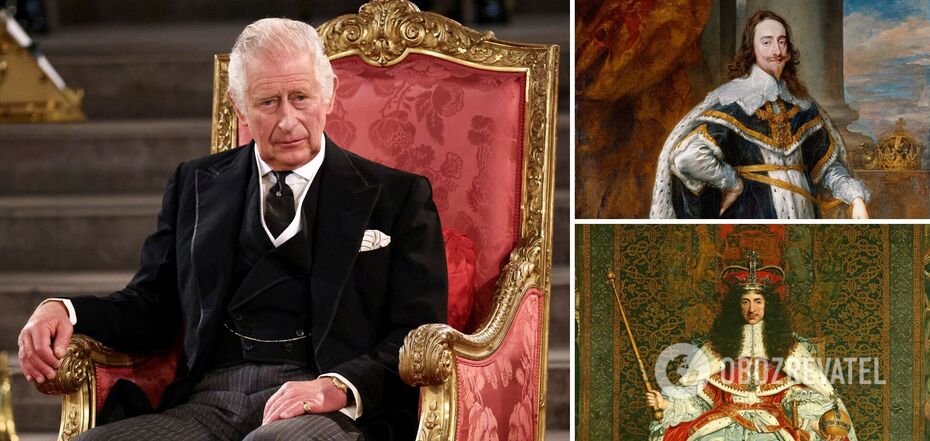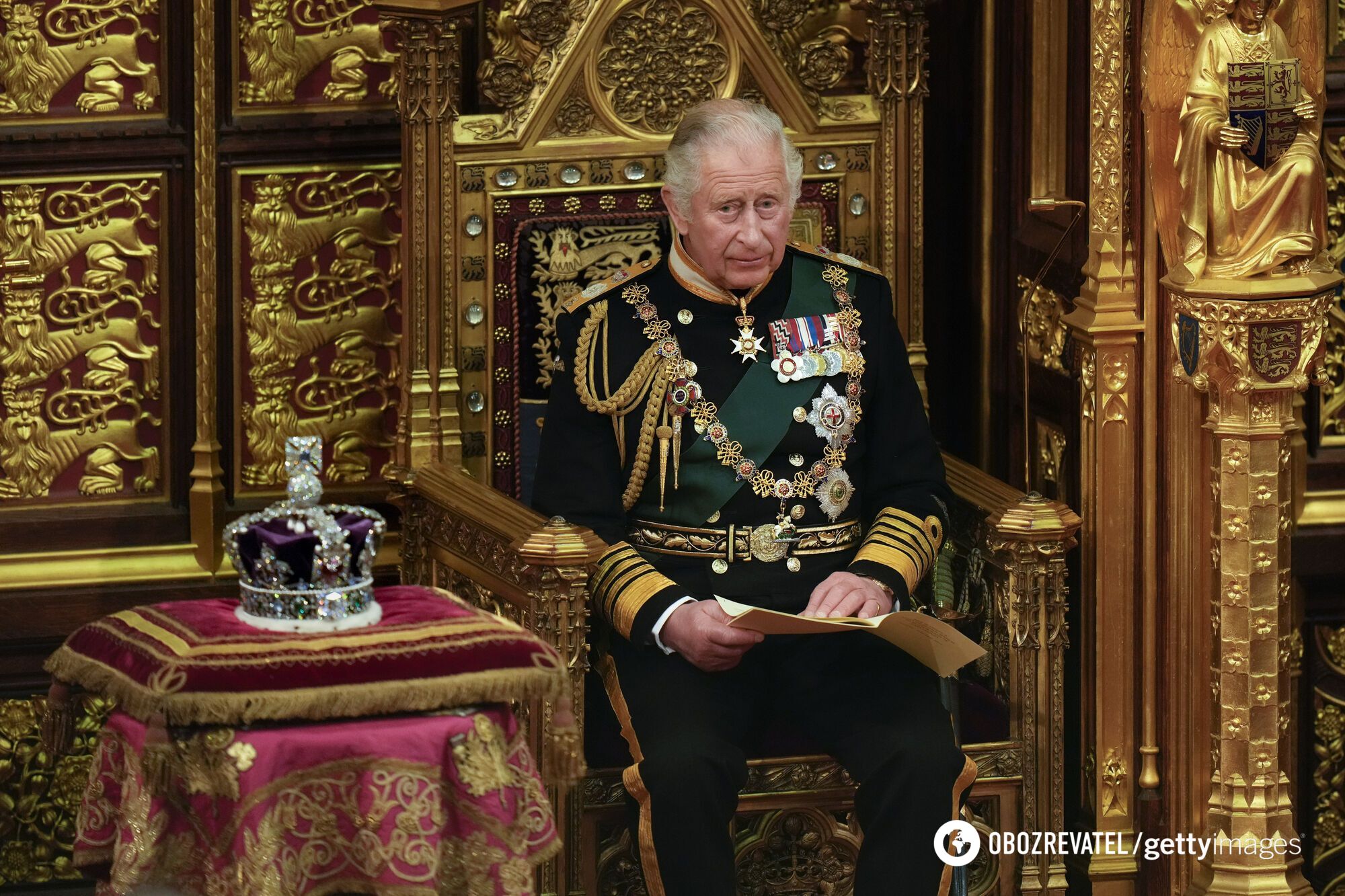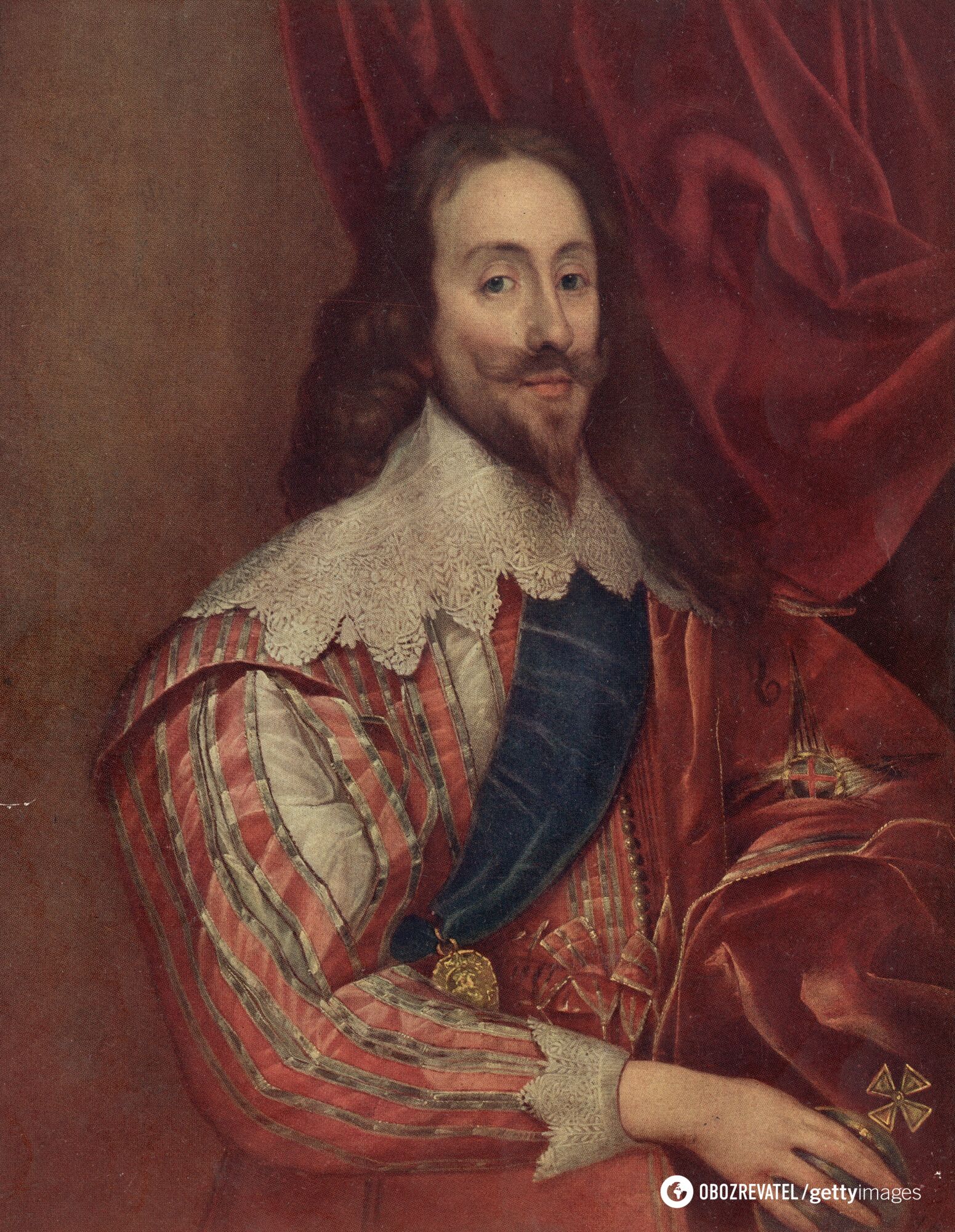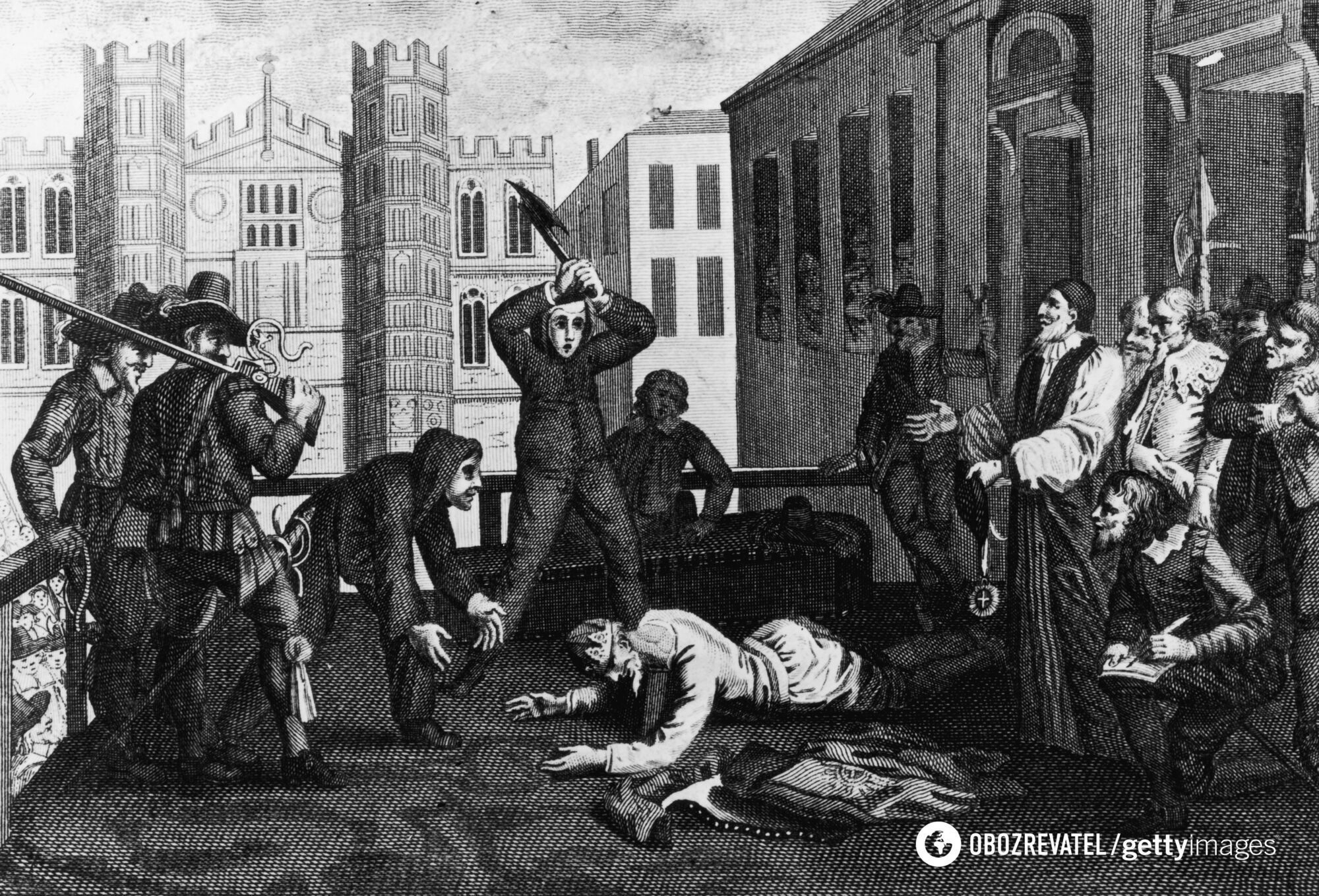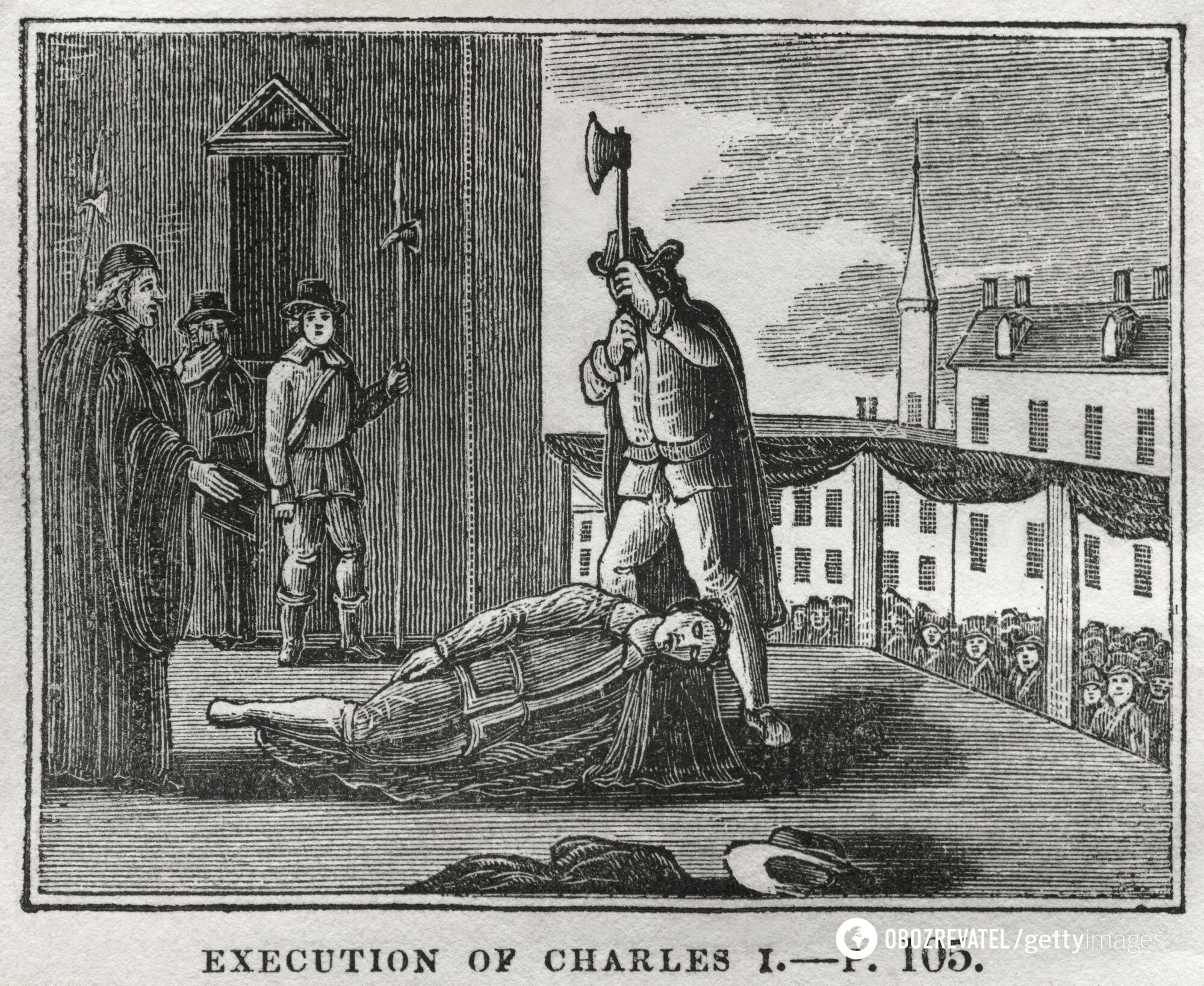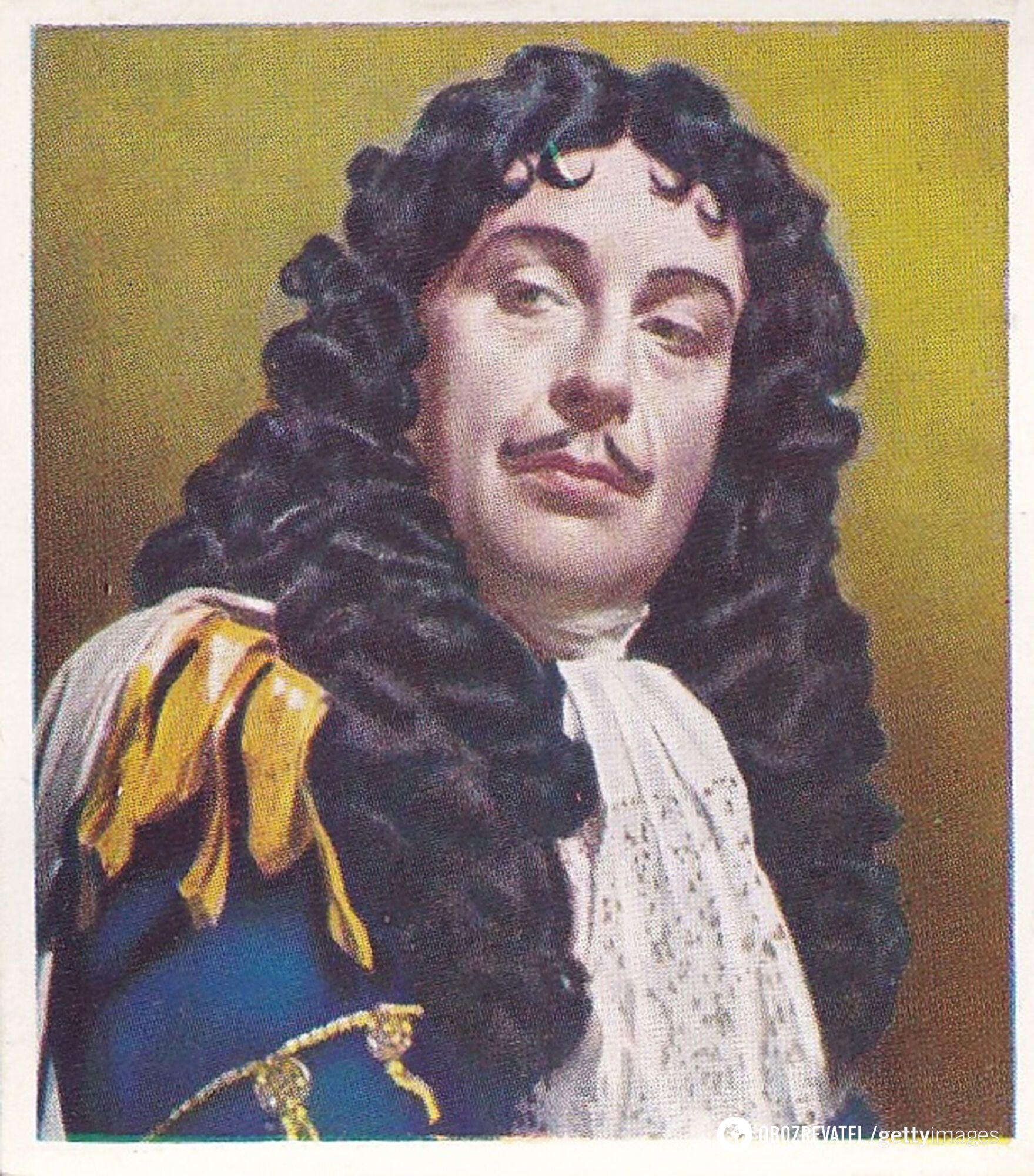Entertainment
First was sentenced to death by beheading, and the second avenged his father: what is known about the namesake predecessors of Charles III
This Saturday, May 6, the UK will host the most spectacular royal event in 70 years - the official coronation of Charles III, who ascended the throne after the death of his mother Elizabeth II. The sovereign has gone down in history as the oldest of all the Princes of Wales in the British monarchy - he is now 74 years old. We know a lot about Charles III, his achievements and failures, scandals and triumphs, personal life and character. But what have you heard about the previous Charles, the first and second?
OBOZREVATEL will help you answer this question. Let's find out what is known about the namesake predecessors of the new King of Great Britain, Charles III.
Charles I, whose cruelty and vanity led to the death penalty
King Charles I of England, Scotland and Ireland was a member of the Stuart dynasty. He went down in history as a cruel ruler who adored power and did not want to share it with anyone. That is why the monarch pursued an absolutist policy, which is practically synonymous with dictatorship, and ruled autocratically for 11 years without a parliament. He completely ignored the rights of the classes and the principle of inviolability of private property. Did the people like it? The answer is obvious. The uprisings in Ireland and Scotland, the English Revolution with the consequences of a civil war - this is what Charles I's vanity led to.
The king's reign ended when Parliament sentenced him to death by beheading. Charles I was executed in London on 30 January 1649.
Interestingly, despite all of the above, the monarch was executed, so to speak, with respect. Usually, after the beheading, the executioner would raise the head of the executed person with the phrase "Here is the head of a traitor", but he did not do this with Charles. In addition, there was no mockery of the dead dictator's body - the head was sewn back on after the execution, allowing the family to bury the ruler with dignity. He is buried in Windsor, in the chapel of Henry VIII.
By the way, it was Charles I who was unsuccessfully rescued by the protagonists of Alexandre Dumas's novel Twenty Years Later, which is a sequel to The Three Musketeers.
Charles II, who tried to avenge his executed father
After the execution of Charles I, the throne rightfully passed to his eldest son Charles II. He was brought up on the continent and immediately after his father's death began to think over a plan of revenge. The Scots were categorically opposed to the crown going to anyone other than Charles II, as they sincerely hated the English enslavers. Thus, it was in Scotland that the heir to the executed dictator was crowned in 1650. However, his stay on the throne was interrupted by the troops sent by General Cromwell, who defeated the rebel army in the Battle of Worcester. A huge bounty was put on the monarch's head, so Charles II decided to go into exile. He secretly left for France and returned only 10 years later, after which he still became king.
As soon as Charles II came to power, he decided to deal with his father's "murderers". The new monarch sentenced ten members of parliament who had voted for the previous sovereign's execution to a brutal death in three stages: hanging, disembowelling and quartering. Moreover, in 1662, Charles II ordered the bodies of his worst enemies - Oliver Cromwell, John Bradshaw and Henry Ayrton - to be dug up and executed again by quartering.
The years of Charles II's reign were dark times for England: the plague epidemic and the Great Fire of London, which lasted four days. The monarch, by the way, was one of those who put out the fire with his own hands. It should be added that under Charles II, the country fought with varying degrees of success against Holland and France, explored the lands of the New World, founded the Royal African Company with a monopoly on the slave trade, and introduced many successful reforms.
Charles II died unexpectedly at the age of 54, having converted to Catholicism a few days before. He suffered an apoplectic attack. Interestingly, in the 20th century, researchers discovered a huge concentration of mercury in the hair of the late sovereign. And no, he was not poisoned. It turns out that Charles II was seriously interested in alchemy and tried to turn mercury into gold, working for hours in the laboratory.
Earlier, OBOZREVATEL wrote that in his youth, Charles was called the sex symbol of his generation, so it is not surprising that aristocratic beauties and famous stars fought for his attention. You can see the prince in his best years by following the link.
Only verified information is available in our Obozrevatel Telegram channel and Viber. Do not fall for fakes!


